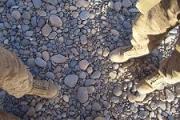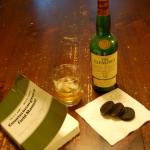I actually took price at the fact that on the firing range I was able to put four to five rounds into a kneeling target at 30 m with my G3 on full auto. The first impact was usually low left (hip), the last one in the opposite shoulder.
Such a burst coupled with the quality of the German 7.62NATO bullet ends every doubt about "stopping power".













Bookmarks